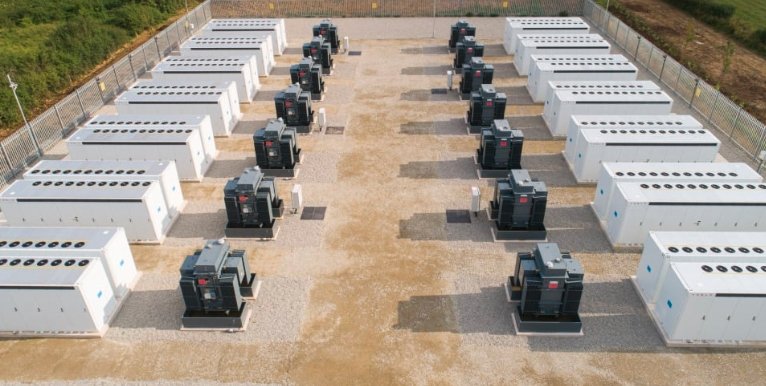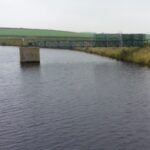Work has officially begun on one of Scotland’s latest battery storage sites — a move that could ease grid pressures and help households save on soaring energy bills.
Building Big Batteries in South Ayrshire
Field, the energy storage developer, has broken ground on its Holmston site near Keith in South Ayrshire. This is no small project. The Holmston battery site will deliver 50 MW / 100 MWh of capacity — enough to power up to 26,000 homes for two hours when fully charged.
One line here.
Construction should wrap up in the first half of 2026, with sister site Drum Farm near Aberdeen set to start later this year and finish by the end of 2026.

Why Battery Storage Matters
If you’ve ever wondered why battery sites are suddenly popping up everywhere, here’s the scoop: the UK’s national grid is under strain. Wind turbines sometimes generate more energy than the system can handle, especially north of the B6 boundary — the invisible line separating England and Scotland’s transmission networks.
In 2024 alone, so-called “constraint costs” — basically money paid to shut down excess generation — topped £1.7 billion. First half of 2025? Almost £1 billion already.
One line.
Batteries like Holmston and Drum Farm soak up that excess renewable energy instead of letting it go to waste. Then they feed it back in when demand spikes.
The Numbers Tell the Story
The two sites combined will store enough electricity to avoid curtailment of wind farms and reduce reliance on fossil backup. The B6 boundary has long been a headache for the National Grid ESO, with energy flowing south often getting stuck at bottlenecks.
A quick snapshot from National Energy System Operator data shows why every megawatt stored helps:
| Year | Constraint Costs | B6 Boundary Impact |
|---|---|---|
| 2024 | £1.7 billion | High |
| 1H25 | £1 billion | High |
| 2030 (forecast) | Still rising | High |
One line.
Batteries are now doing the heavy lifting, balancing power so the system stays stable — and hopefully cheaper for everyone.
Who’s Behind the Build?
Field has assembled a familiar cast for this big job.
-
Clarke Energy will handle construction at Drum Farm.
-
Powersystems is in charge at Holmston.
-
Envision Energy will supply the battery systems for both sites.
-
Gaia, Field’s own tech platform, will optimise how the batteries charge, discharge and earn money in the wholesale and balancing markets.
One short line.
Backed by a £42 million senior loan with Rabobank and ING, these projects mark another step in Field’s massive 3.5 GW UK pipeline.
Low-Profile Tech With Big Potential
Amit Gudka, Field’s CEO, is clear about the stakes: “Energy storage, especially batteries, is already doing the hard work of balancing the grid. By building in the right places, we can cut constraint costs and run things more efficiently.”
He’s got a point. Batteries don’t take up much space and their visual impact is minimal compared to wind farms or new pylons. They just sit quietly, absorbing surplus juice and returning it when needed.
One line.
It’s this kind of behind-the-scenes tech that’s becoming crucial as the UK aims for a net-zero grid that runs mostly on renewables.
Scotland’s Role in the Energy Transition
Scotland’s renewables sector is booming. But the grid that connects turbines in the Highlands to toasters in London wasn’t built for a world of unpredictable wind gusts.
One sentence here.
Big batteries like Holmston and Drum Farm help bridge that gap. They’re part of a bigger picture — more localised storage means less waste, fewer price spikes, and more money saved on bills.
If Field’s sites do their job, constraint costs won’t keep spiralling into the billions — a win for both the grid and anyone paying an energy bill.


















